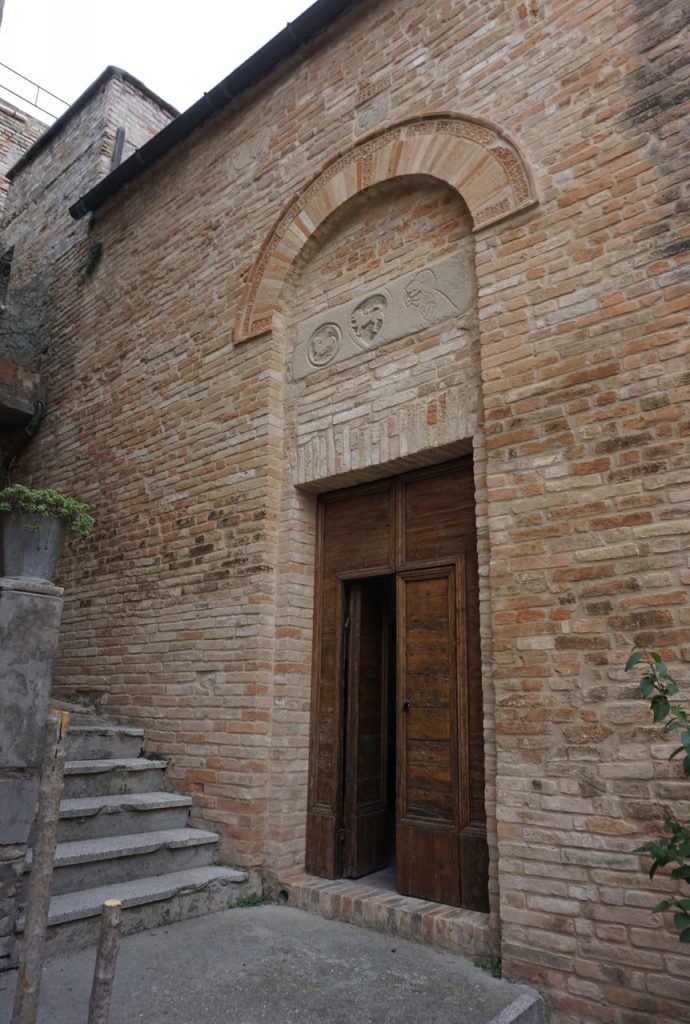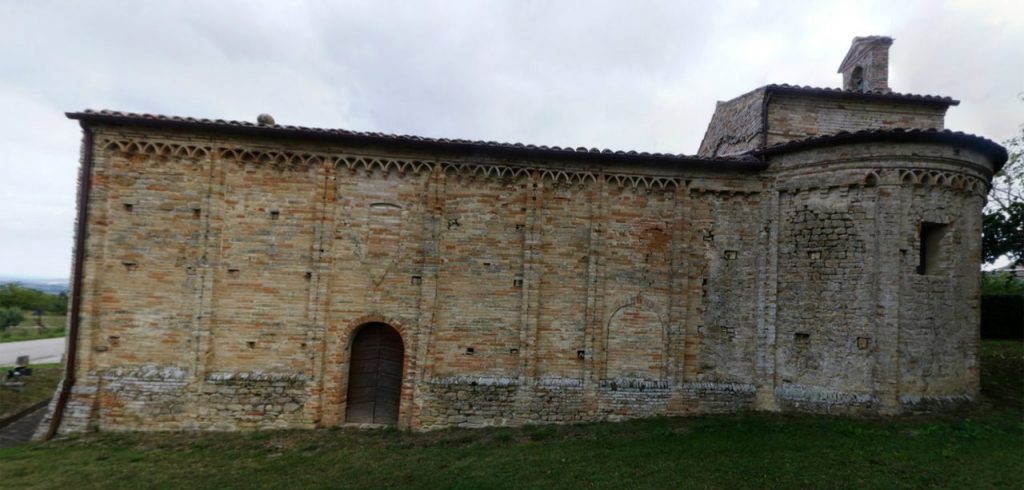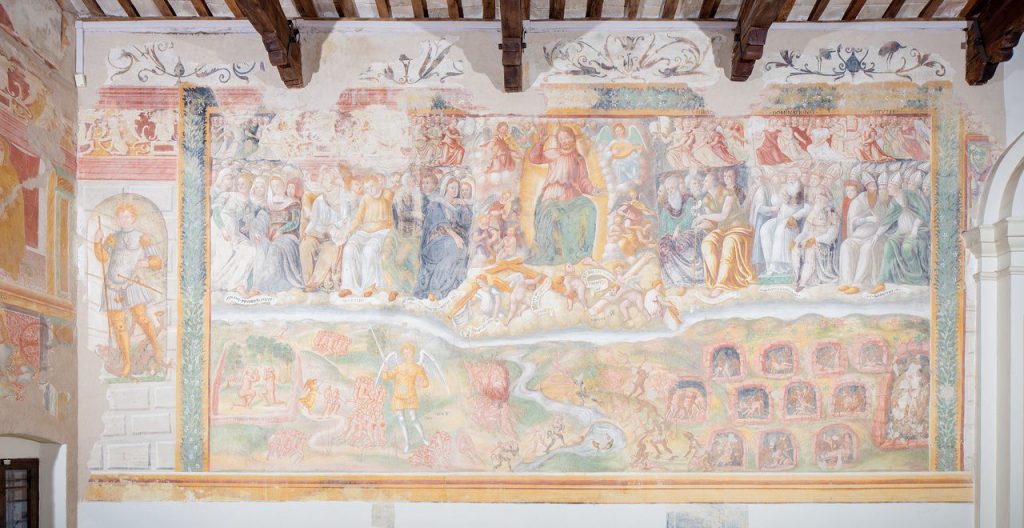In the municipal period the history of Monteleone continues to the dependencies of Fermo, of which it becomes a castle subject, not without clashes and desire for independence, with numerous revolts often even quite bloody.
After the great economic and cultural development of the 13th century, Europe was hit by the Black Death in the middle of the following century. It is estimated that in the first wave, between 1348 and 1341, it caused the disappearance of at least a third of the total population. Great was the prostration of the people because no remedy was effective. Recourse was made to faith and religious practices. The Brotherhoods of Whites were formed: thousands of men and women headed in procession, dressed in white and penitential attitude, especially towards the Marian sanctuaries. The Virgin Mary was invoked under the title of Mercy and churches and chapels were built in her honor.
A circular oratory, according to the dictates of the time, was built during the fifteenth century by the community of Monteleone, perhaps on a possible return of the plague, outside the castle walls, in Trocchio district, along the road that goes down to the Ete. Above the altar is a Madonna of Mercy, between John the Baptist and Catherine of Alexandria, which under the large mantle gives shelter on the right side to the devotees with white robes and hoods and on the left protects others who resort to her. In the first decade of the sixteenth century the oratory was expanded and extended to take the simple and elegant form of late Roman plant that still retains the name of the church of Mercy, also called the Crucifix, for the valuable wooden statue that is now in the parish of San Marone. The interior of the church is embellished by a series of paintings of various eras and different qualities, among the most extensive of those preserved in the territory of Fermo. Of particular interest is the Last Judgment signed 1548 by Orfeo Presutti from Fano.
On the walls of the town, around the fourteenth century, was built the church dedicated to Saint John the Baptist which has a beautiful portal of clay and the early Christian lintel, but also numerous inserts of coats of arms and recovered stones. The church was built on the walls, and, in the east facade, you can still see the ancient battlements.



